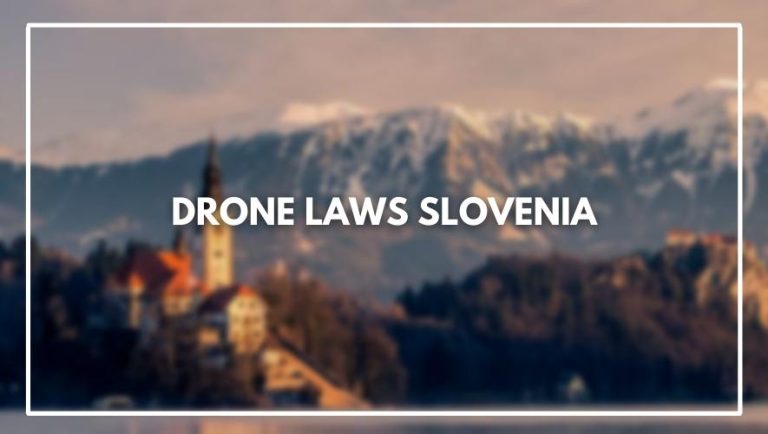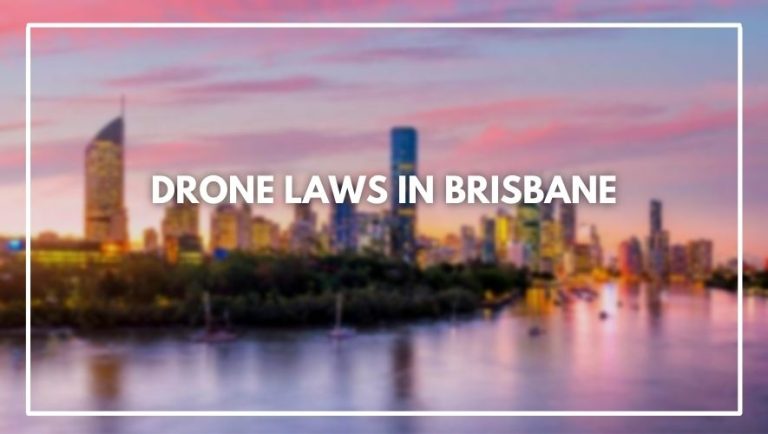The European Union has standardized drone regulations across its member states that went into effect on January 1, 2021. This guide covers everything you need to know about legally flying a drone in the EU, including an overview of the new drone laws, registration requirements, pilot certifications, and country-specific rules.
The key things to know about drone laws in the EU include: all drones must be registered and labeled, remote pilots must complete online training and exams to fly drones in subcategories A1 and above, 3 categories determine regulations based on drone weight and risk, special rules for foreigners traveling with drones, and some additional country-specific requirements. Always check local laws before flying.
Recreational and commercial drone use has exploded in popularity across Europe in recent years. With more drones in the sky, safety and privacy concerns led the European Union Aviation Safety Agency (EASA) to standardize regulations for unmanned aircraft systems (UAS) in all its member states starting on January 1, 2021.
These new EU drone laws replace previous patchwork regulations passed individually by each member state. They provide a clear framework for where and how drones can be flown legally across Europe.
This guide will delve into everything you need to know as a remote pilot to stay compliant with drone regulations when operating your UAS in the European Union. We’ll cover:
- An overview of the new EASA drone laws
- Drone registration requirements
- Remote pilot training and licensing
- Country-specific regulations
- Tips for travelers flying a drone in Europe
Knowing the rules is key to staying safe and avoiding fines or legal issues. Let’s get started!
Overview of EU Drone Laws
The European Union Aviation Safety Agency (EASA) has established a common set of drone regulations that apply across the European Union’s 27 member states as well as Iceland, Norway, Switzerland, and Liechtenstein.
These rules went into effect on January 1, 2021, replacing previous drone laws passed by individual countries. The new framework provides standardized guidelines for recreational, commercial, and governmental drone operators.
The EASA drone regulations categorize all drone flights into 3 operational categories based on the aircraft’s weight and intended use:
Open Category
The Open category encompasses drones less than 25 kg (55 lbs) flown for recreational or limited commercial purposes. This category has the least restrictive rules.
Specific Category
The Specific category is for drone operations that present a medium level of risk, such as flying beyond visual line of sight (BVLOS). It requires further authorizations.
Certified Category
The Certified category is reserved for large drones weighing over 25 kg or for high-risk drone operations like flying over crowds. It has the strictest requirements.
Within the Open category, there are further subcategories (A1, A2, A3) that determine additional rules based on the drone’s weight class identification label.
These labels, which range from C0 to C4, must be displayed on drones sold in the EU after January 1, 2023.
Drone Registration in the EU
One of the key requirements under the new EASA regulations is that all drone operators must register themselves and their aircraft.
There are slightly different registration procedures for EU citizens and travelers from abroad. But in both cases, registration only takes a few minutes online.
Registration for EU Citizens
EU citizens must register in the country where they live by creating an account on that nation’s drone registration portal. Registration fees vary but are usually under €10 EUR.
Once registered, EU remote pilots will receive a unique operator number that must be displayed on all their drones. Citizens only have to register once to fly in any EU member state.
Registration for Foreign Visitors
Travelers from outside the EU must register in the first country where they will fly their drone. The registration process is the same as for citizens, and the fee is generally low.
Visitors will similarly get a unique operator number to affix to their drones. This registration is valid for flying anywhere in the EU during their travels.
Pilots should always carry documentation that proves registration in case questioned by authorities while operating their drone.
Remote Pilot Certification in the EU
Another key component of the new EASA regulations is mandatory training and testing for remote pilots.
The required certifications vary based on which operational category and subcategory the pilot’s drone falls under:
Open Category A1 and A3
For the lowest risk Open subcategories A1 and A3, remote pilots must:
- Review their drone’s user manual
- Complete an online training course
- Pass a multiple choice knowledge exam
Training courses and tests are administered by each member state’s National Aviation Authority.
Open Category A2
To fly a drone in subcategory A2, remote pilots must complete:
- Online training course
- Multiple choice exam
- Practical flight training
- In-person theory exam to obtain a Certificate of Remote Pilot Competency
Specific Category
For Specific category operations, pilots must:
- Obtain a Certificate of Remote Pilot Theoretical Knowledge
- Complete accredited practical skill training
Certified Category
Certified category training requirements are still being determined by EASA for these high risk drone operations.
EU countries may also impose additional national rules regarding minimum pilot age, fluency requirements, and recurring training. Be sure to check local drone laws.
Country-Specific Drone Regulations
While the EASA framework sets common rules for drones across the EU, individual member states can impose further restrictions:
Italy
- Registration and pilot exams required
- Permits needed for commercial use in cities like Rome and Milan
- No drone flights within 5.5 km of airports without approval
Read More: https://discoveryoftech.com/drone-laws-in-italy/
France
- Registration mandatory
- Permit required to fly in Paris and other populated areas
- Night flights prohibited without special waiver
Read More: https://discoveryoftech.com/drone-laws-france/
Germany
- Formal registration not required but recommended
- Additional rules in Berlin, Munich, Frankfurt around airports
Read More: https://discoveryoftech.com/drone-laws-germany/
Spain
- Registration not mandated yet but coming soon
- Authorization needed for many professional uses
- Drone no-fly zones around urban centers like Barcelona
Read More: https://discoveryoftech.com/drone-laws-spain/
UK
- Register and take safety tests to legally fly most drones
- Restrictions around crowded areas like London and Manchester
- UK not part of EU but follows similar rules
Here are some more countries:
Always check local laws in the specific city, region, and country where you’ll be flying in the EU. Requirements can vary significantly from place to place.
Tips for Traveling with a Drone in Europe
If you’re planning to bring your drone along on a trip to Europe, keep these tips in mind:
- Register your drone in the first EU country you’ll fly it in
- Have your registration number visible on the aircraft
- Research ahead of time where you can and can’t fly
- Don’t assume rules are the same everywhere in Europe
- Have permits required for commercial use ready
- Bring certification and training documentation
- Follow any temporary flight restrictions
- Avoid flying near crowds, airports, government sites
It’s essential to do your homework before packing your drone for Europe. Rules and no-fly zones differ widely between major cities and rural areas. Checking local laws in advance prevents issues down the road.
Want to get a feel for the kind of footage you could get flying a drone in Europe? Here you go:
Conclusion
The European Union’s new common framework for regulating drones makes it possible to legally operate a UAS across most of Europe. But as a remote pilot, you need to register yourself and your aircraft, complete required training, follow airspace restrictions, and comply with country-specific drone rules.
Always look up the latest regulations in force wherever you hope to fly. Legal parameters for drone use will likely continue to evolve in coming years, so staying up to date is critical to avoiding fines or bans.
With the right preparations, registrations, licenses, and knowledge of local laws, drone enthusiasts can safely enjoy aerial views of amazing sites across Europe. Just be sure to fly responsibly and within the bounds of all applicable regulations!
In summary, under the new EU drone laws that started in 2021, all remote pilots must register themselves and label their drones, complete mandatory online training and tests to operate drones in the Open A1 subcategory and above, follow additional rules based on the weight and intended use of their UAS, comply with country-specific requirements, and avoid no-fly zones like airports and urban centers. Always check the latest local laws before flying a drone in the European Union.


![Drone Laws Jersey [March 2023] [Rules & How to Register]](https://discoveryoftech.com/wp-content/uploads/2022/08/drone-14-768x434.jpg)
![Drone laws in Iowa [March 2023] [Rules & How to Register]](https://discoveryoftech.com/wp-content/uploads/2022/05/drone-100-768x434.jpg)
![Drone laws Thailand [March 2023] [Rules & How to Register]](https://discoveryoftech.com/wp-content/uploads/2022/08/drone-8-1-768x434.jpg)
![Drone Laws NSW [March 2023] [Rules & How to Register]](https://discoveryoftech.com/wp-content/uploads/2022/05/drone-93-768x434.jpg)
